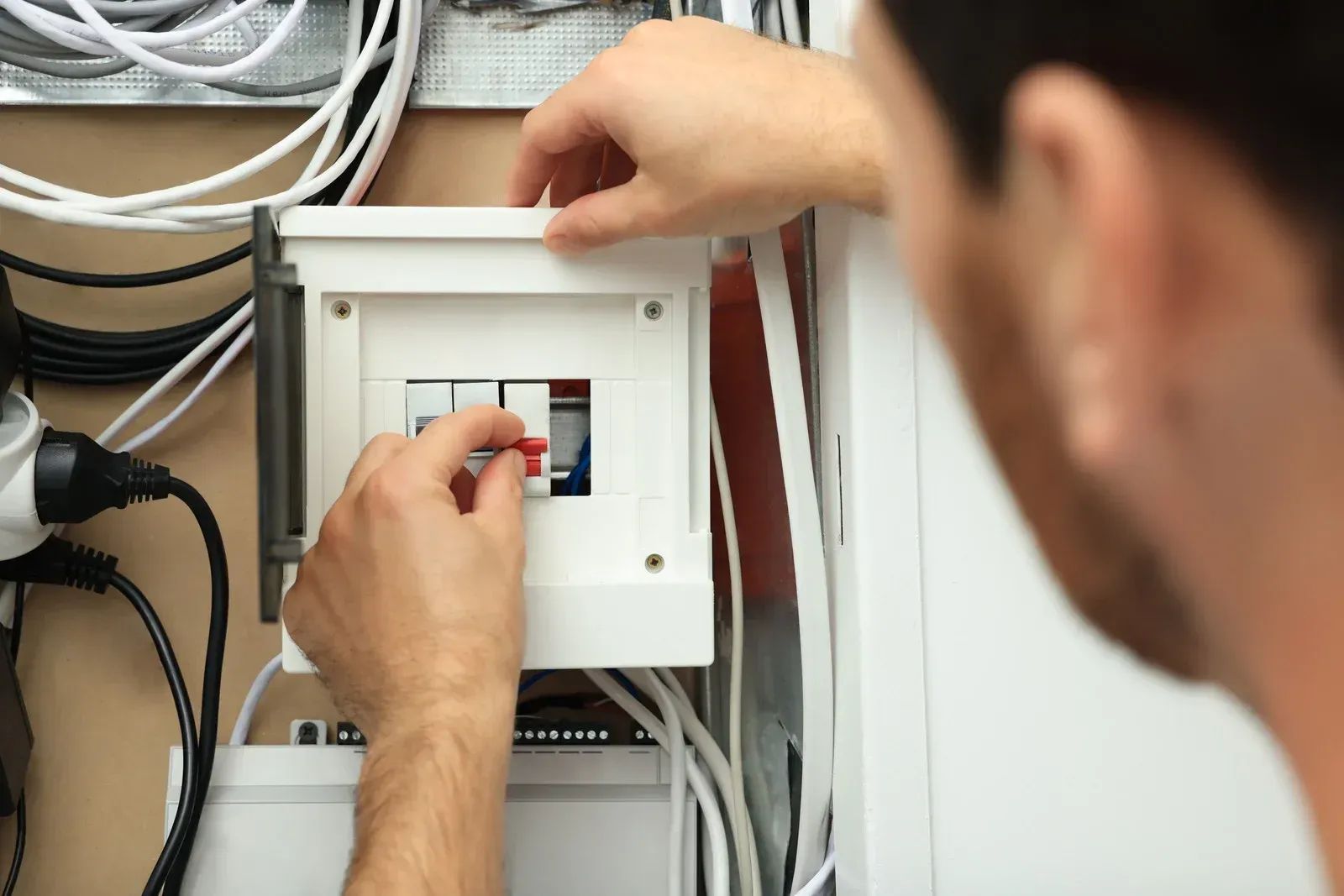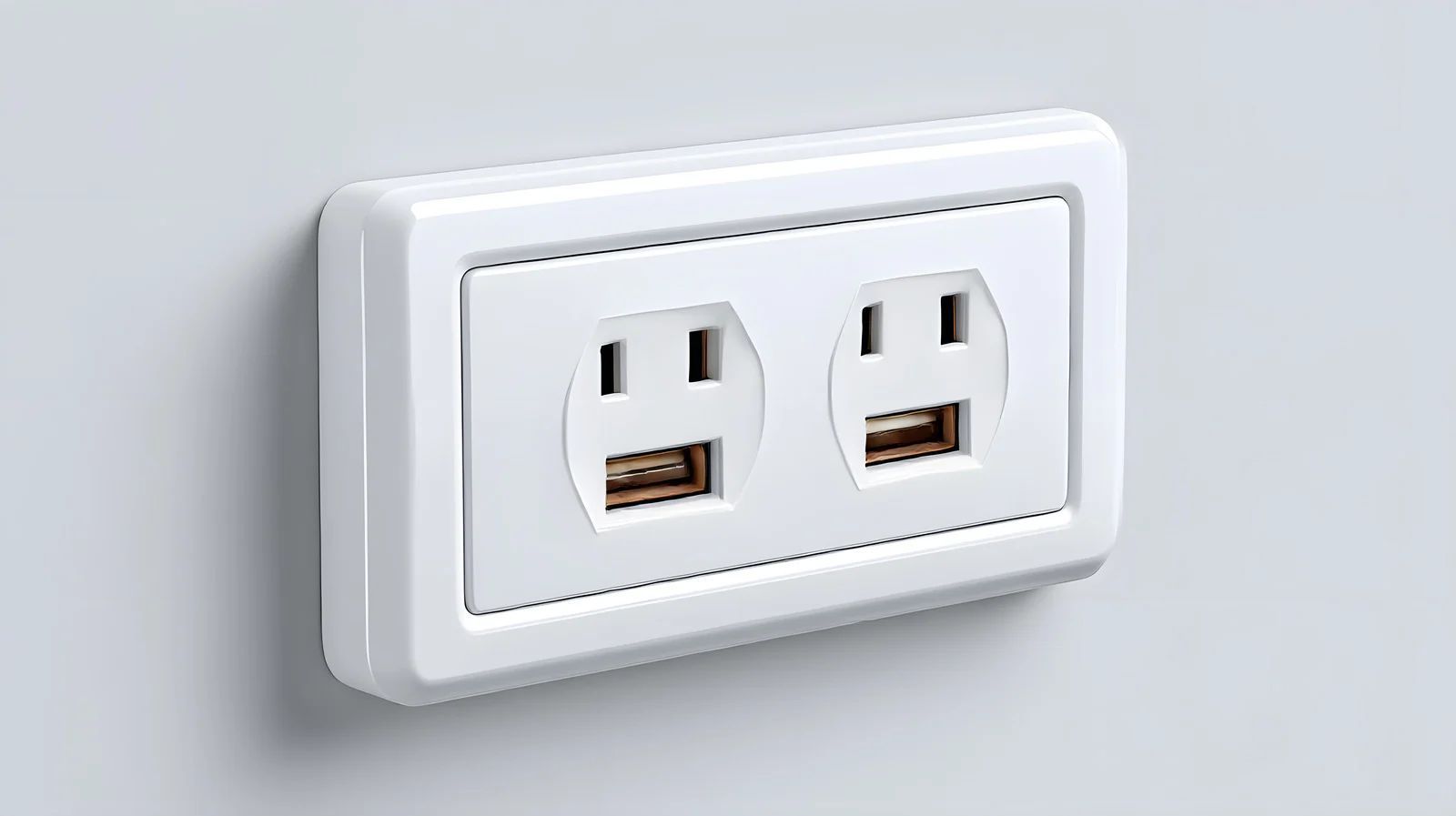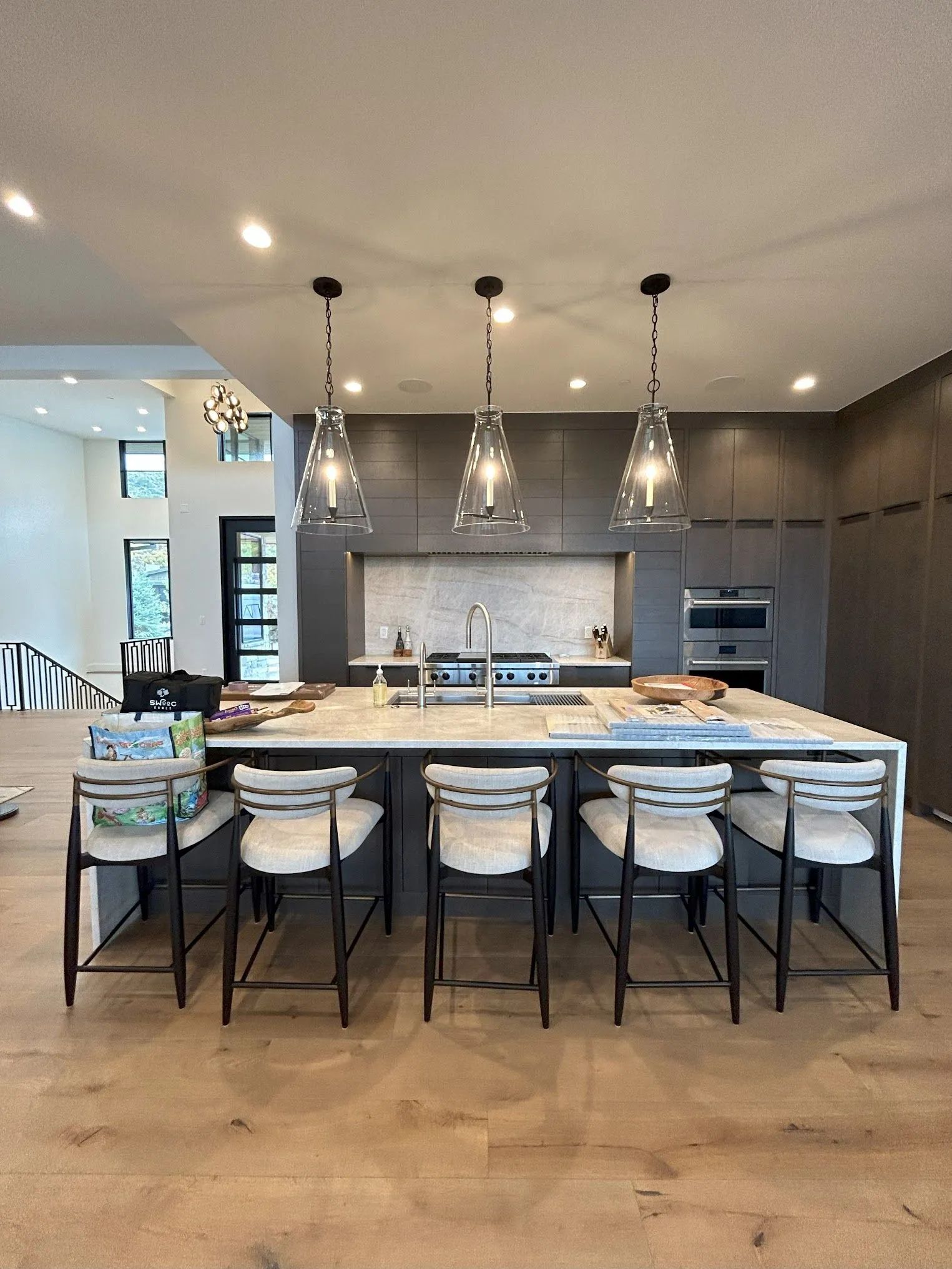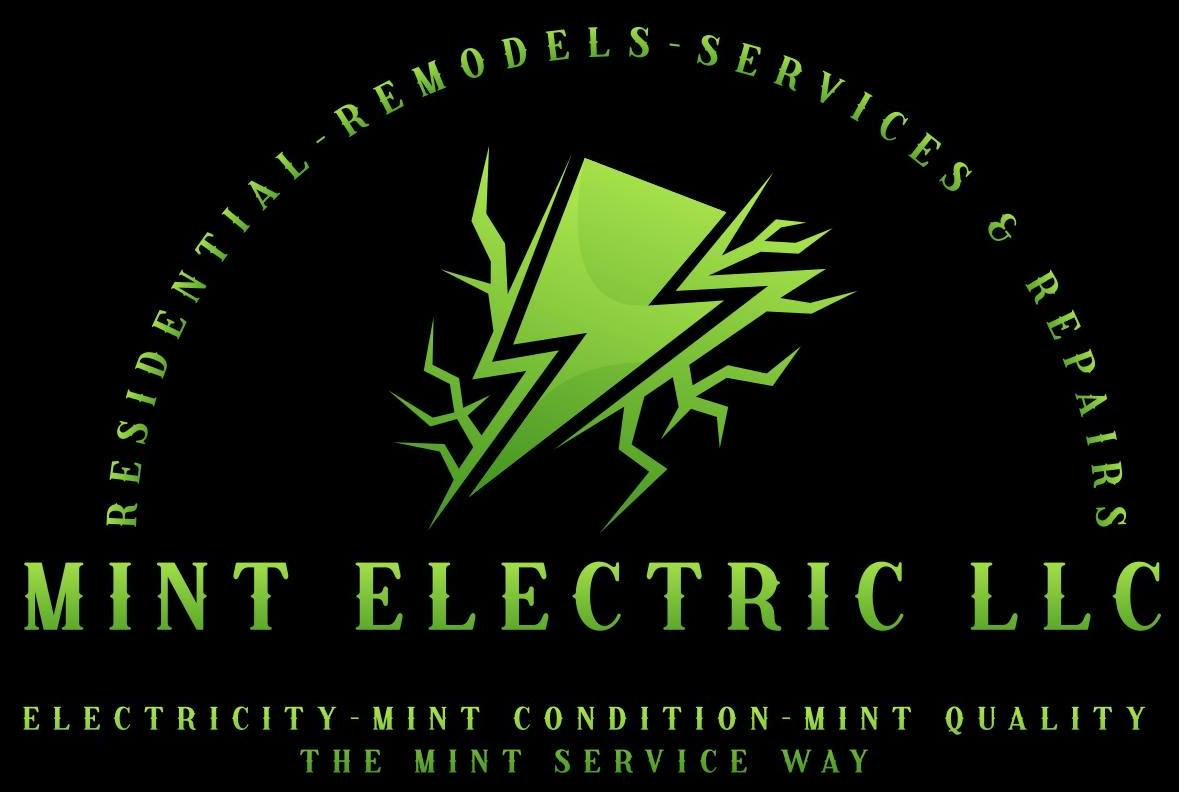Why Flickering Lights Are a Warning Sign You Shouldn’t Ignore
August 11, 2025

Flickering lights may seem like a minor annoyance, but they can indicate much larger problems behind the scenes. Whether they blink occasionally or pulse nonstop, inconsistent lighting can be a red flag that your home or business’s electrical system needs attention. Ignoring it may lead to increased safety risks, damage to appliances, or even electrical fires.
What Flickering Really Means
Lights flicker for various reasons, but none of them should be brushed off. Loose bulbs, outdated wiring, overloaded circuits, or faulty switches can all cause light inconsistencies. While a single flicker here and there from a loose bulb is usually harmless, persistent flickering points to more serious issues that require a licensed electrician to diagnose and repair.
In older properties, flickering lights are often linked to worn-out or damaged wiring. Over time, wires degrade, especially if they've been exposed to moisture or were improperly installed. Faulty wiring can interrupt the flow of electricity, creating a visible flicker that could escalate to arcing—an event where electrical current jumps between gaps in a circuit. Arcing is dangerous and has been a known cause of residential fires.
When the Panel’s to Blame
In many homes, especially those with outdated panels, flickering lights can be traced back to the breaker box. If the electrical panel is overloaded or aging, it may not distribute electricity evenly. This can cause lights to dim or flicker, particularly when large appliances like refrigerators, air conditioners, or microwaves cycle on.
Homes with growing power needs—especially those that have added new appliances, a home office, or EV charging stations—often demand more than their original panel was designed to handle. Without an upgrade, the system gets strained, and the flickering becomes a symptom of a bigger problem.
Appliance-Driven Fluctuations
Another cause of flickering is heavy-duty appliances drawing large amounts of electricity during operation. If your lights consistently dim when the dishwasher kicks on or the HVAC starts up, it may indicate that the circuit is overloaded or improperly balanced. It’s not just inconvenient—it can reduce appliance lifespan and put your home at risk.
High-powered devices like space heaters, microwaves, and vacuum cleaners often share circuits with lighting fixtures in older homes, and that can lead to performance drops. A licensed electrician can redistribute loads, install dedicated circuits, or upgrade your wiring to handle modern demands.
Small Fix or Serious Risk?
Sometimes flickering lights stem from something as simple as a loose connection, either in the light fixture or in the switch. But what seems like a quick fix can mask deeper trouble. Loose wiring behind the wall or inside an outlet box may generate heat, which can melt insulation and expose live wires. That’s not just bad for your lights—it’s a fire hazard waiting to happen.
Even newly built homes can suffer from flickering lights if the electrical work wasn’t done properly or if shortcuts were taken to cut costs. Hiring a professional electrician to inspect the system and resolve any risks is the smartest move you can make for your property’s safety and your peace of mind.
At Mint Electric, we’ve been handling
electrical repairs and upgrades for over 10
years, serving homeowners and businesses in and around Mapleton, UT. If your lights are flickering, buzzing, or behaving oddly, it’s time to bring in professionals who know how to find the root of the issue. Call us today and let our licensed electricians make your space safe, efficient, and fully powered.




